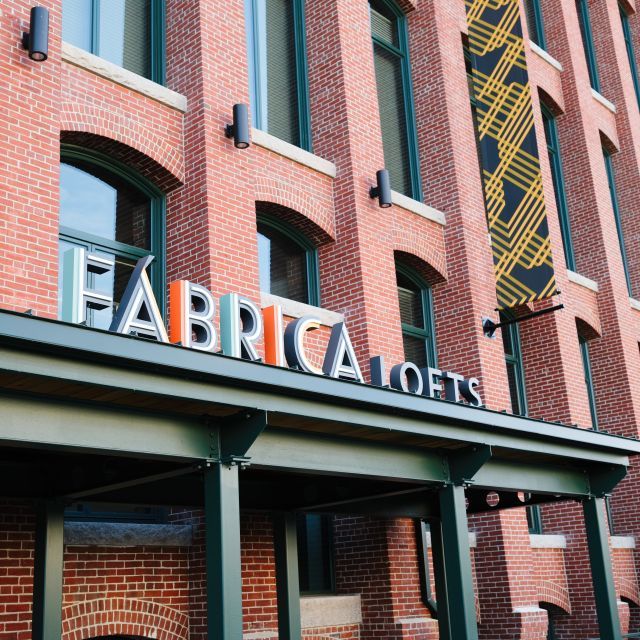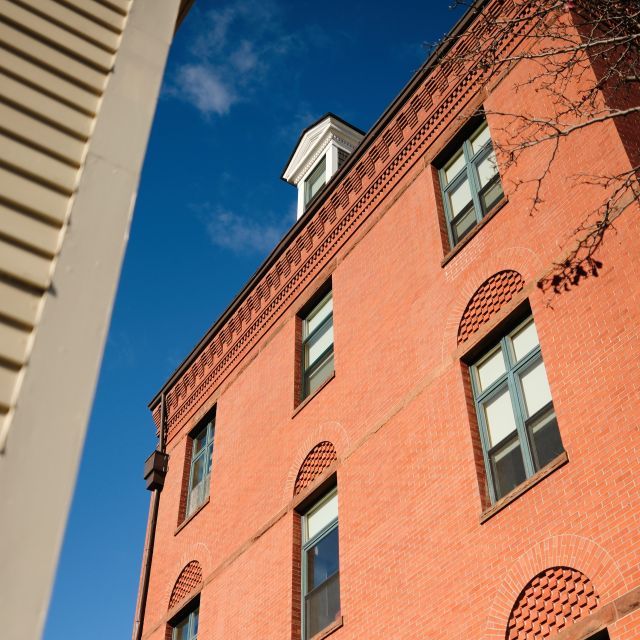There is growing recognition that differences in community conditions – such as housing, safety, transportation and education – are directly tied to significant disparities in health outcomes. In fact, 50% of our health is determined by housing and other social and economic factors as well as the physical environment.
Americans spend an average of 90% of their time indoors, and our indoor environmental quality is affected by the chemicals in our homes. So choosing optimal building materials provides an opportunity to reduce the chemical burden in homes and improve residents’ health.
Lower-income communities are disproportionately exposed to chemicals hazards – on the job, in their neighborhoods, and within their home. The best way to prevent hazardous exposure is to eliminate the source.
With the growing threat of climate change, improving the energy efficiency of affordable homes is critical. And enhanced insulation and air sealing are two of the most common interventions performed in energy efficiency upgrades. Improving the building envelope with these practices is a great way to improve the energy efficiency of all types of homes and often provides the most significant long-term savings.
A recent study by Energy Efficiency for All ranked building insulation materials based on their efficiency as well as their health profiles, including chemicals of concern. The study recommends avoiding products with formaldehyde-based binders and foam insulation, whether board or spray-applied, due to the chemicals of concern and the availability and potentially lower costs of healthier material choices.
Here are five examples of healthier insulation products that are available and affordable:
- Blown-in in fiberglass (loose fill, dense pack, and spray-applied)
- Kraft-faced and unfaced fiberglass batts
- Formaldehyde-free mineral wool batts
- Unfaced cellulose/cotton batts
- Blown-in cellulose (loose fill, dense pack, and wet-blown)
Energy Efficiency Can Lead to Improved Health
Studies show that investing in energy improvements can also improve the health of residents, particularly people with lower incomes. Reducing mold from water leaks, infiltration of outdoor pollutants and the time that homes are at extreme temperatures achieve some of the most common and significant documented health benefits from energy efficiency upgrades. Choosing healthier material options for these upgrades can minimize chemicals of concern in the home, resulting in better indoor air quality and a healthier living environment.
Along with formaldehyde-based binders, halogenated flame retardants, isocyanates, and phthalate plasticizers in insulation and air-sealing products pose the greatest concern. The health effects of these chemicals include reproductive and developmental impacts and carcinogenicity. If you are allergic or become sensitized, even low concentrations of isocyanates can trigger a severe asthma attack or other lung effects, or even a potentially fatal reaction. There is no recognized safe level of exposure to isocyanates for sensitized individuals. Additionally, some of these chemicals persist and accumulate in the environment and in people and can have broad-reaching, long-term impacts.
There is a common belief that because insulation is behind a wall, it poses less of a threat of exposure than other interior products. However, both air and moisture move through a building fabric, regardless of how tightly they are constructed. Energy Efficiency for All’s report cites several studies showing this, including a 2009 Healthy Building Network analysis of fiberglass insulation emissions studies that revealed that formaldehyde from binders readily migrated through drywall and air barriers.
According to the U.S. Department of Energy’s Low-Income Energy Affordability Data (LEAD) Tool, the national average energy burden for low-income households is 8.6%, three times higher than for non-low-income households. Increasing the energy efficiency of affordable homes reduces the energy burden on residents and can lead to healthier home environments when the right materials are used. And healthier homes can reduce residents’ medical costs and lost-work incidents, allowing individuals and families to keep more of their income and build wealth.
Enterprise’s 2020 Green Communities Criteria provides a resource for developers who want to ensure they build and rehab their properties with safe, healthy and energy efficient materials. The use of healthy building materials and other efficient and healthy strategies (such as sealing around openings between apartments to minimize air leakage and increase comfort and cost-efficiency) contribute to meeting the 2020 Green Communities Criteria and with it, achieving joint certification with WELL V2 to ensure affordable homes advance health outcomes while promoting environmental sustainability.


